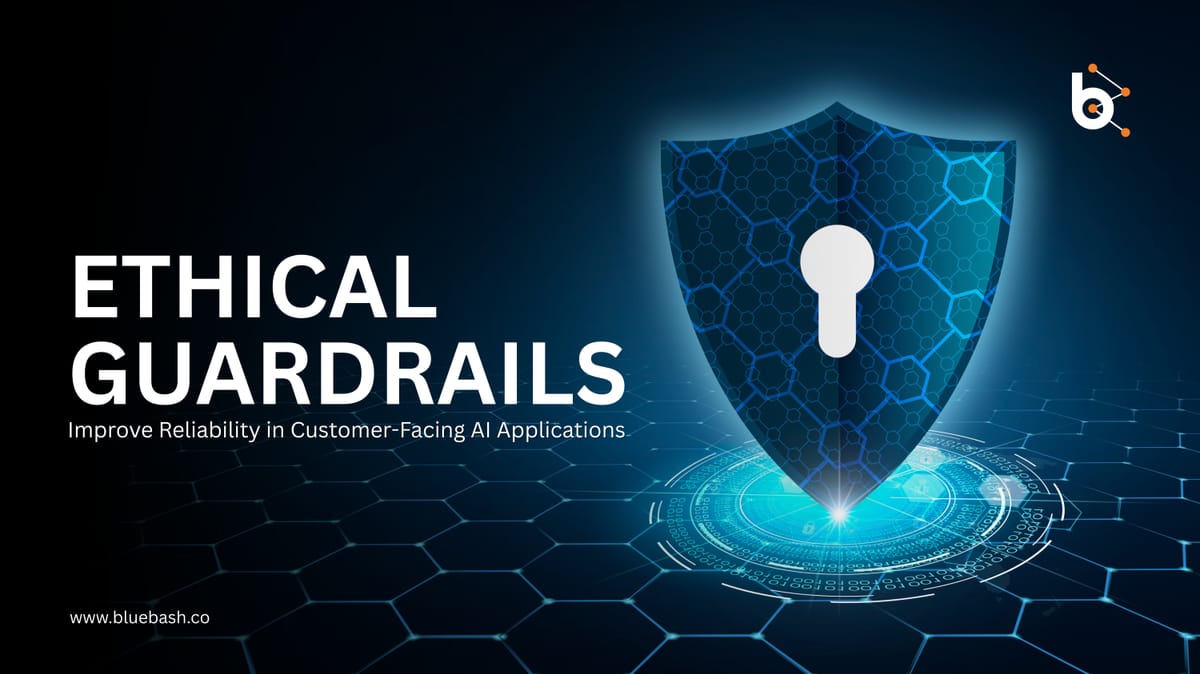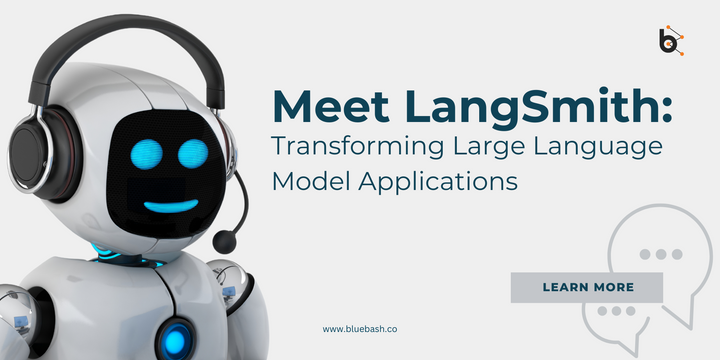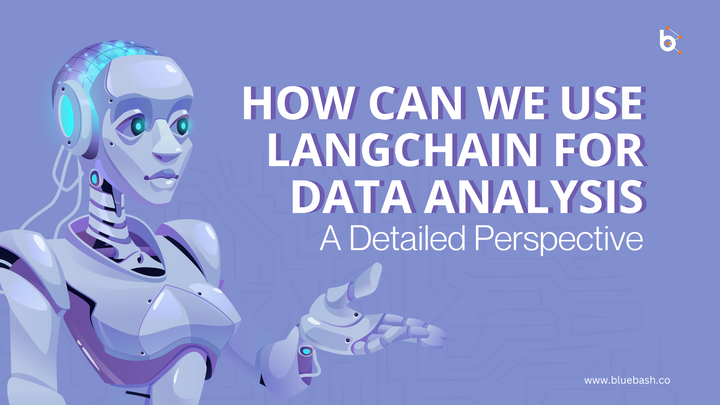How Ethical Guardrails Improve Reliability in Customer-Facing AI Applications?

As AI becomes more embedded in our everyday experiences—think virtual assistants, recommendation engines, and AI chatbots—the need for responsible development has never been more critical. When it comes to agentic AI, or AI systems capable of autonomous decision-making, ensuring reliability and safety becomes even more important, especially in customer-facing environments.
This blog explores how ethical guardrails in agentic AI enhance reliability, reduce risk, and increase customer trust in modern AI applications. Whether you're building custom AI agents, developing AI agents for customer applications, or launching autonomous agents, a robust AI guardrail framework is the linchpin of safe, scalable success.
Understanding Guardrails in Agentic AI
When discussing AI, agentic AI is any AI programmed with a level of autonomy meaning they can sense, make decisions and take action with little direction on the part of a human operator. As opposed to the rule-based systems, the so-called agentic AI is flexible and can learn throughout its existence thus being both potent and unpredictable.
It is here that the concept of AI guardrails for autonomous agents helps out. Guardrails are preestablished ethical, behavioral, or operating limitations that are coded into an AI system to make sure these act as desired, particularly in dynamic and high-stakes settings.
AI guardrails for customer applications help ensure:
- Consistency in user experience
- Compliance with ethical and legal standards
- Prevention of bias, misinformation, or harmful behavior
- Transparency and accountability
In short, agentic AI guardrails transform intelligent behavior from potentially risky to reliably helpful.
Why Ethical Guardrails Matter for Customer-Facing AI?
With the direct interface between the customers and AI in the retail, banking, healthcare, and SaaS, each interaction will potentially influence a company brand, revenue, and its compliance status. Devoid of ethical safeguards, an AI chatbot could give prejudiced suggestions, a voice assistant could misunderstand orders, and a virtual healthcare agent could give hazardous advice.
Here’s how ethical AI guardrails improve reliability in these scenarios:
- Safety and Compliance
Certain regulations such as GDPR, HIPAA, and the EU AI Act give AI specific requirements regarding transparency and fairness requirements. Guardrails guarantee that the custom AI agents abide by these admonishments since it restricts access to sensitive data, renders user input anonymous, and records decision logs. - Bias Detection and Mitigation
Machine learning algorithms are capable of reinforcing training-data biases by accident. Guardrails are agentic AI safety which constantly keep an eye out on biased trends in predictions or response and either put sounding alarms calling it out or automatically re-correct it. - Consistency in Brand Voice and Tone
Regulation-free AI agents may stray out of your business voice, thus offending or misleading the audience. The guardrails help the responses follow the brand values, keeping customer experience the same and trustworthy.
Key Components of an AI Agent Guardrail Framework
A well-designed AI agent guardrail framework includes both technical and ethical dimensions. Here are the core components:
- Boundary Conditions
Put definite boundaries of what the agent can, and cannot do. One illustration is that a chatbot in the space of finance should not give any form of advice as far as investing is concerned unless specifically permitted and monitored. - Context Awareness
The guardrails should remind agents that they are entering an area that they have not been to or to areas of high risk. The agent may be induced to transfer the conversation to human or send a disclaimer through contextual triggers. - Feedback Loops
Incorporate continuous learning systems that allow users to report issues and developers to update guardrails accordingly. - Explainability Modules
Agents ought to be capable of describing their rationale in decision making. This openness is important to the trust and adherence to the ethical practices by the users. - Fail-Safe Mechanisms
In case of unexpected behaviors or external inputs (e.g., adversarial attacks), agents must have built-in fail-safe responses or escalation protocols.
Real-World Applications: Guardrails in Action
Let’s look at how AI guardrails for customer applications are applied in different sectors:
- Healthcare
Telehealth platforms use AI representatives that offer scheduling, symptom checkups, or reminders of medications. Guardrails help the agent not to provide any diagnostic advice, sending critical chats to professionals. - Finance
A custom AI agent might help users manage their spending. Guardrails would restrict it from accessing sensitive financial data without user consent and prevent it from making unauthorized transactions. - Ecommerce
Historical data is used by personalized shopping agents to suggest the products. Guardrails help prevent recommendations that are made on gender, race, or other categories that are considered to be secrets, hence it contributes to fair practices and compliance. - Customer Support
Chat agents powered by AI are usually used in responding to first level queries. Guardrails serve as a preventive measure that ensures that such agents do not enter into binding commitments (e.g. giving promises of refund) and alert on sensitive issues that should be addressed by human intervention.
Building Ethical Guardrails into Custom AI Agents
For organizations developing AI agents in-house or through a third party, here’s how to integrate ethical and operational safeguards from day one:
- Start with Use Case Scoping
The role of the agent has to be clearly defined and scope of authority has to be clearly understood. Know what kind of data it can access, decisions it can produce, and the effects that the decision can have. - Design for Ethical Failures
Think of the worst that can happen- data abuse, dodgy counsel or blackballing. Implement detection systems and fallback measures to be triggered at crossing the thresholds. - Collaborate Across Teams
Ethical AI is not just a technical problem. Involve legal, compliance, marketing, and customer success teams in defining acceptable behaviors and identifying red flags. - Use AI Guardrail Tools and Frameworks
Implement open-source or enterprise quality tools to assist in verification of fairness, explainability and robustness. Such tools have the ability to emulate interactions and alert of possible failures prior to launch. - Iterate and Audit
The guardrails must continue to change and develop because the environment your agent will work within will also change. Audits and feedback loops to users can change the system to new potentialities or threats.
Why Choose Bluebash for Ethical AI Guardrails?
When it comes to implementing guardrails in agentic AI, organizations need more than just code—they need a strategic partner who understands the intersection of ethics, compliance, customer experience, and technical depth. That’s where Bluebash stands out.
Here’s why companies trust us for AI guardrails for autonomous agents and customer-facing AI applications:
- Expertise in Agentic AI Development
We specialize in building custom AI agents with the right balance of autonomy and control. Our team stays ahead of evolving best practices in agentic behavior modeling, ensuring your agents act intelligently—within limits. - Built-in Ethical Compliance
Whether it’s GDPR, HIPAA, SOC2, or region-specific laws, we embed ethical AI guardrails that are tailored to your regulatory landscape. We don’t just code for compliance—we design for responsibility. - Robust AI Guardrail Frameworks
Our development process includes a proven AI agent guardrail framework with modular safety mechanisms, contextual awareness triggers, explainability layers, and human-in-the-loop design, all fine-tuned for real-world interactions. - Cross-Functional Collaboration
We collaborate with your internal parties in possession, e.g. legal, compliance, marketing and IT, to establish guard rails derived of your companies values, policies and customer promises. Self-driving cars run by AI aren t only what AI can do but what it should do. - Continuous Monitoring & Updates
AI environments evolve, and so do risks. Bluebash offers monitoring and retraining support to help you adapt guardrails dynamically, based on user behavior, system feedback, and business changes. - Custom-Tailored Solutions
No two companies are the same—and neither should their AI systems be. We offer personalized solutions for industries like healthcare, fintech, ecommerce, and SaaS, ensuring your AI agents development journey is future-proof, ethical, and scalable.
With Bluebash, you don’t just deploy AI—you deploy it safely, ethically, and reliably.

Future of Agentic AI Safety Mechanisms
The agentic AI safety mechanism is an emerging field of success. Methods such as reinforcement learning with human feedback (RLHF), symbolic logic to take into consideration moral actions and real-time behavioral observation are making agents more credible.
There is also the chance of greater cooperation between AI sellers, regulators, and users to come up with common standards on AI guardrails of autonomous agents especially in areas that have huge impacts like law, education, and health.
In the near future, AI guardrails would be much more dynamic, in the form of systems that learn and tailor their constraints, user by user, scenario by scenario and regulation by regulation.
Conclusion: Ethical Guardrails Are Reliability’s Best Friend
As agentic AI becomes more integrated into customer-facing applications, ensuring reliability through ethical guardrails is no longer optional—it’s essential. Guardrails provide the structure AI needs to act safely, fairly, and within scope.
They help maintain user trust, prevent bias, and ensure compliance, especially in sectors like healthcare, finance, and ecommerce. Without them, even the smartest AI systems can pose risks to reputation and operations.
At Bluebash, we specialize in building custom AI agents with guardrails tailored to your goals, industry, and compliance needs. With our expertise, you can confidently launch AI that is not just intelligent—but also ethical, secure, and customer-ready.
FAQ's
- What are AI guardrails for autonomous agents?
AI guardrails are ethical, behavioral, or operational constraints that ensure autonomous agents act safely, fairly, and within predefined limits in dynamic environments. - Why are ethical guardrails important for customer-facing AI?
They prevent biased responses, ensure regulatory compliance, maintain brand consistency, and help build trust by aligning AI actions with human values. - How do guardrails improve agentic AI reliability?
Guardrails enforce boundaries, detect risks, ensure context-aware responses, and prevent harmful behaviors, making agentic AI systems more dependable. - Can custom AI agents have industry-specific guardrails?
Yes, with the right framework, guardrails can be tailored to specific industries like healthcare, finance, and ecommerce to meet compliance and customer needs. - Why choose Bluebash for AI guardrails implementation?
Bluebash offers expert development of custom AI agents with built-in ethical guardrails, compliance support, and ongoing monitoring for real-world safety and performance.



